FREE ANTHOCYANINS

Figure 1. WINEXRAY's representative phenolic profile of a 21-day macerated Bordeaux varietal fermentation (The Future of Winemaking: Honoring the Vision of Professor Roger Boulton, 2022).
Free anthocyanins (fANT) are finite and unstable monomeric pigments generally associated with wine’s purple hue. Most wines lose between 60-80% of their free anthocyanins within the first 100 days post-crush (WINEXRAY, Casassa & Harbertson, 2014). In Vitis vinifera, there are 6 types of free/monomeric anthocyanins, the most common of which is malvidin-3-O-glucoside. Consumers will never see the full-color potential that winemakers witness during fermentation, but what matters is what winemakers choose to do during the critical window when free anthocyanins are abundant, and tannins are most reactive.
Concentration
Free anthocyanins are finite and unstable monomeric pigments generally associated with wine’s purple hue. On their own they have no significant contribution to flavor or mouthfeel. Within the first several days of fermentation, peak anthocyanin extraction occurs and rapidly begins to fall. Generally, 60-80% of free anthocyanins are lost within the first 100 days post-crush primarily due to the oxidative cleavage, adsorption to lees, adsorption to bitartrate crystals, and formation of pyranoanthocyanins (WINEXRAY, Casassa & Harbertson, 2014). If winemakers are concerned with preserving color alone, then the logical decision is to barrel down and cool the wines as soon as possible. This is not without consequence. The decay of free anthocyanins is inevitable as they are finite and unstable, so we concern ourselves more with stabilizing color than preserving it. The timing of this reaction is critical within the first 100 days post-crush because free anthocyanins are abundant and tannins are most reactive. The two key mechanisms to facilitate polymerization are warm temperatures above 21°C (70°F) and oxidative polymerization between 16-18°C (61-64°F). If cooled down to barrel room temperatures, about 10-15°C (50-59°F), polymerization reactions dramatically slow, and dissolved oxygen increases (WINEXRAY, Smith, 2013).
Choosing how much free anthocyanin to polymerize is a powerful stylistic decision. As concentrations decrease, the rate of conversion to bound anthocyanins also slows and respective concentrations become relatively stable. The rate of free anthocyanin decay will slow but continue to decrease throughout aging. A wine less than 5-10 years old will likely have a purple hue from free anthocyanins that persist in bottle. Winemakers concerned about the appearance of a young wine should keep this in mind, but generally, after 5-10 years, only bound anthocyanins remain.
Stability
Even though anthocyanins contain a vicinal diphenol, they don’t participate in regenerative polymerization the same way that IRPs do. Anthocyanin oxidation results in decay which is why we need to stabilize anthocyanins with other molecules, tannins in particular. It’s important to note that not all 6 anthocyanins are made equal. Malvidin is the most abundant, the most purple anthocyanin, and the most stable in most V. vinifera cultivars. One additional consideration is Pinot Noir and some hybrid cultivars that do not contain acylated anthocyanins (Enaru et al., 2021). Acylated anthocyanins have an additional functional group attached to their glucose molecule protecting them from glucophilic enzymes and making them more stable and soluble. As a result, non-acylated anthocyanins exacerbate color loss for already low-pigment cultivars such as Pinot Noir. Nevertheless, we can appreciate this characteristic of Pinot Noir and understand how different winemaking philosophies evolve according to each cultivar. For example, winemakers are less inclined to keep Pinot Noir warm after fermentation because bound anthocyanin formation is less effective. Fermentations also tend to be notoriously quick, so relatively little bound anthocyanin is formed at all. This is especially important for balancing tannin extraction because lower levels of bound anthocyanin enable astringency. Despite Pinot Noir’s tendency to extract low of concentrations of protein-precipitable tannins (0-600 ppm), the higher-level wines can be remarkably astringent thus posing a challenge to balance such a temperamental cultivar.
For all other V. vinifera, the level of acylation is specific to cultivar, viticultural practices, and growing conditions. Once extracted into wine, free anthocyanins are subject to degradation, oxidation, precipitation, or formation of colorless compounds such as castavinols (Monagas et al., 2005). Because of their instability, we view free anthocyanins as finite and prioritize their stabilization over their preservation. At wine pH, free anthocyanins react with a variety of electrophiles and nucleophiles including other anthocyanins (via copigmentation), tannins (via direct condensation and/or ethyl-bridging), lactic acid, pyruvic acid, glyoxylic acid, and a multitude of aldehydes formed by yeast during alcoholic fermentation or via free-radical oxidation of substrates such as ethanol, glycerol, tartaric acid, and malic acid (Casassa & Harbertson, 2014).
Copigmentation is an example of weak bonds that generally only persist for a year. They aren’t stable at higher alcohol levels, and at 20% ABV, they don’t occur at all (Smith, 2013). For winemakers, copigments protect free anthocyanins and facilitate bound anthocyanin formation. The consumer will never see them. Temperature accelerates polymerization and oxidation determines which type of bound anthocyanin is formed.
Finally, Free Anthocyanins do not seem to contribute significantly to mouthfeel or flavor, and they will readily bleach in the presence of sulfur dioxide (SO2). This reaction is so robust that it is the primary method of quantifying free anthocyanins. Not only do free anthocyanins bleach (and sometimes permanently), but SO2 complexed with free anthocyanins inhibits polymerization with tannins. Although SO2 bleaching can be reversed through wine aging, the anthocyanins polymerize much less efficiently after the 100-day period due to lower concentrations and temperatures. This makes delaying MLF and sulfur addition a fundamental strategy for bound anthocyanin formation (at your own risk). Furthermore, pigment-bound SO2 does not have any antimicrobial effects (Smith, 2013). This is especially troublesome for red wines because aeration-oxidation and iodine titration don’t distinguish between truly free and anthocyanin-bound SO2 (Jenkins et al., 2020). Post-malolactic fermentation, dissolved CO2, regenerative polymerization of iron-reactive phenolics, and ethyl-bridging facilitated by aldehydes are all powerful variables to protect a wine from oxidative character and build bound anthocyanins. Adding sulfur in a young wine restricts polymerization by binding free anthocyanin and aldehyde with little to no benefit to the winemaker.
References
Colantuoni, G., McLeod, S. WINEXRAY LLC. https://www.winexray.com/
Casassa, L. F., & Harbertson, J. F. (2014). Extraction, Evolution, and Sensory Impact of Phenolic Compounds During Red Wine Maceration. Annual Review of Food Science and Technology, 5(1), 83–109. https://doi.org/10.1146/annurev-food-030713-092438
Enaru, B., Drețcanu, G., Pop, T. D., Stǎnilǎ, A., & Diaconeasa, Z. (2021). Anthocyanins: Factors Affecting Their Stability and Degradation. Antioxidants, 10(12), 1967. https://doi.org/10.3390/antiox10121967
Jenkins, T. W., Howe, P. A., Sacks, G. L., & Waterhouse, A. L. (2020). Determination of Molecular and “Truly” Free Sulfur Dioxide in Wine: A Comparison of Headspace and Conventional Methods. American Journal of Enology and Viticulture, 71(3), 222–230. https://doi.org/10.5344/ajev.2020.19052
Monagas, M., Bartolomé, B., & Gómez-Cordovés, C. (2005). Updated Knowledge About the Presence of Phenolic Compounds in Wine. Critical Reviews in Food Science and Nutrition, 45(2), 85–118. https://doi.org/10.1080/10408690490911710
Smith, C. (2013). Postmodern Winemaking: Rethinking the Modern Science of an Ancient Craft. University of California Press.

